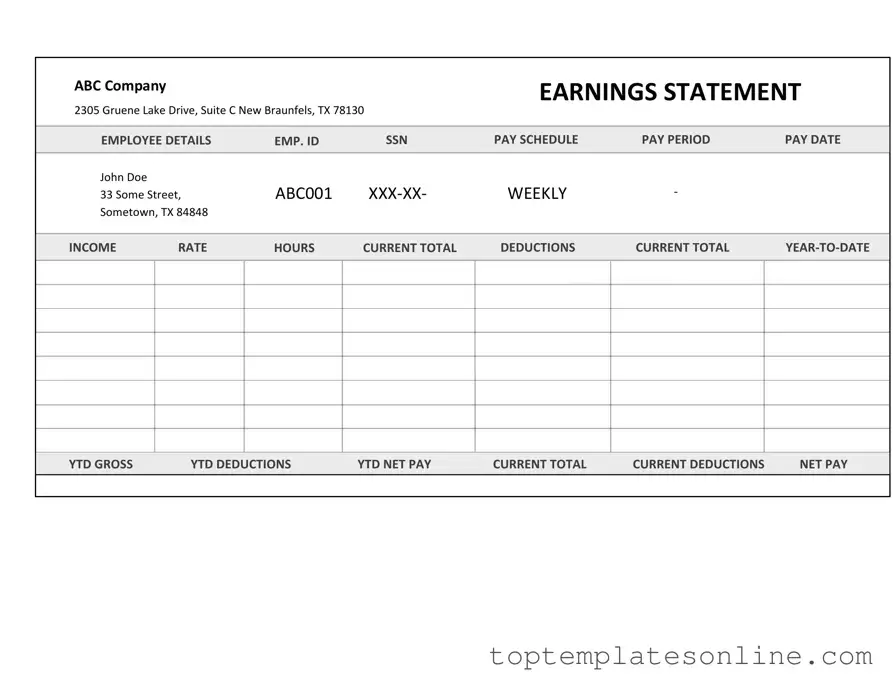Fillable Independent Contractor Pay Stub Form
The Independent Contractor Pay Stub form is a crucial document that outlines the earnings and deductions for independent contractors. This form provides transparency in payment details, ensuring that both contractors and clients understand the financial aspects of their working relationship. Proper use of this form can help prevent disputes and promote clear communication regarding compensation.
Customize Independent Contractor Pay Stub Here
